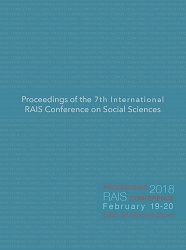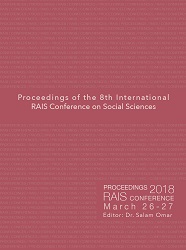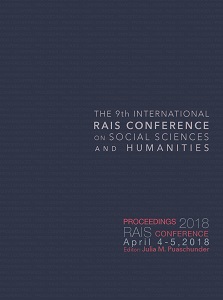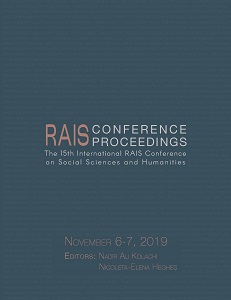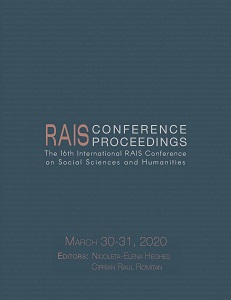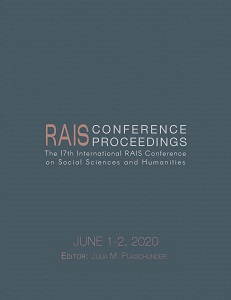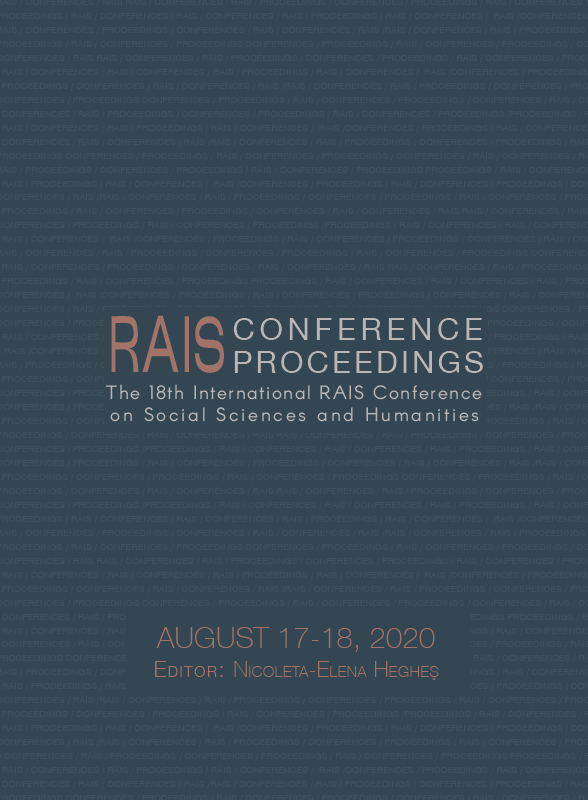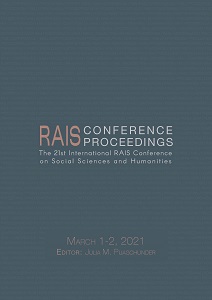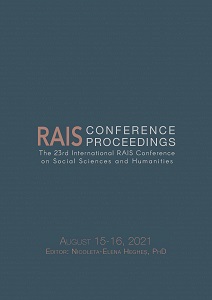
Code-Switching and Mixing in Communication −A Study on Language Contact in Indian Media
Code-Switching and Mixing in Communication −A Study on Language Contact in Indian Media
Keywords: Code-mixing/switching;Technology; Hinglish; Communication; Language Contact; Media
In India, language is the key instrument by which we assimilate the culture. And it is a major means of identifying a set of people, nation or country.Hinglish, a portmanteau of “Hindi” and “English”, is a hybrid of English and SouthAsian languages. It is a code-switching and mixing variety of these languages whereby they are freely interchanged within a sentence or between sentences. Ina multilingual country like India code-mixing and switching has become a norm rather than a deviation. It is also noticed that linguists use the term code-mixing and switching interchangeably, especially in case of formal studies on syntax and morphology. Language contact is considered to be an important phenomenon, especially in a multilingual society like India. While the name is based on the Hindi language, it does not refer exclusively to Hindi, but is used in India, with English words blending with Punjabi, Urdu and Hindi. With the advent of modern technology, and the availability of popular media in fingertips, from a toddler to a nonagenerian, the very concept of language, culture and communication has undergone a huge change. Hinglish and code-mixing and switching has crept its way into advertisements, TV shows, and Bollywood movies as well as the corridors of corporate and political power in India. This paper is an empirical study of code mixed and switched utterances in the form of songs, ad taglines and jingles in Indian media which came into existence as a by-product of modern technology and changed the definition of communication in Indian media.
More...
